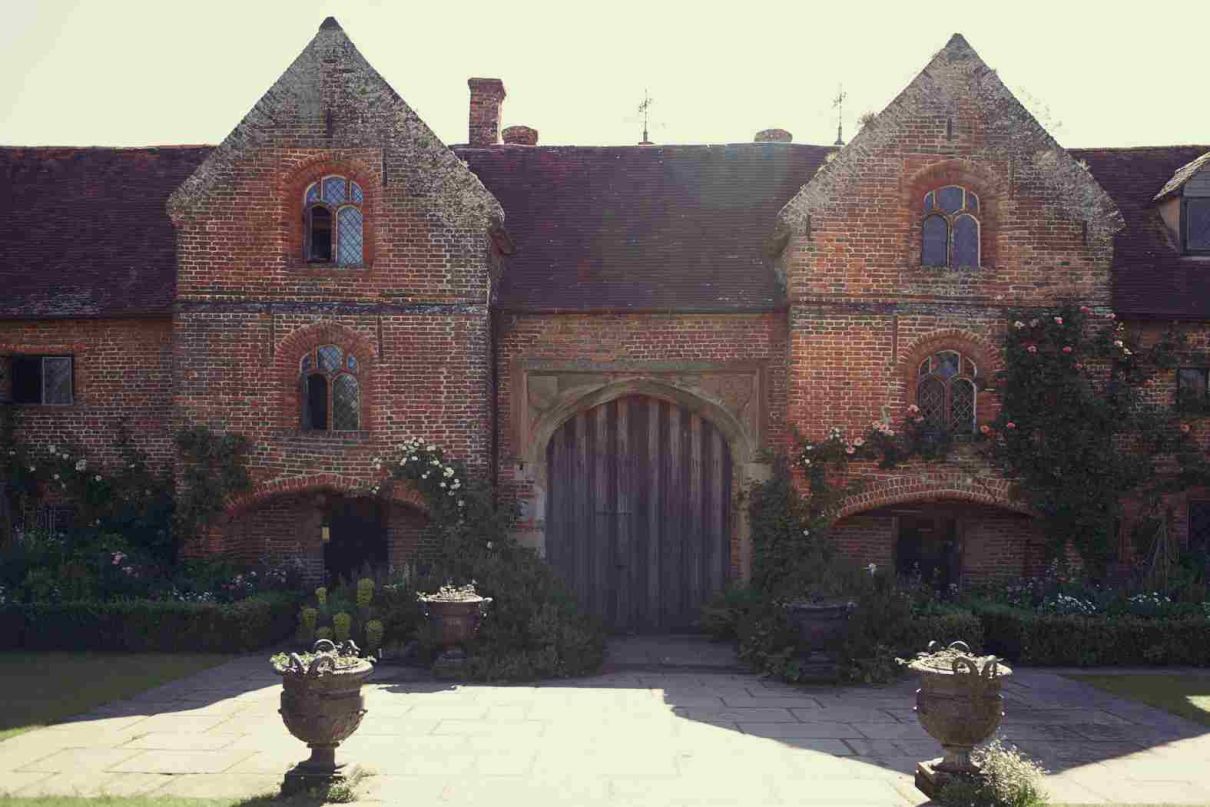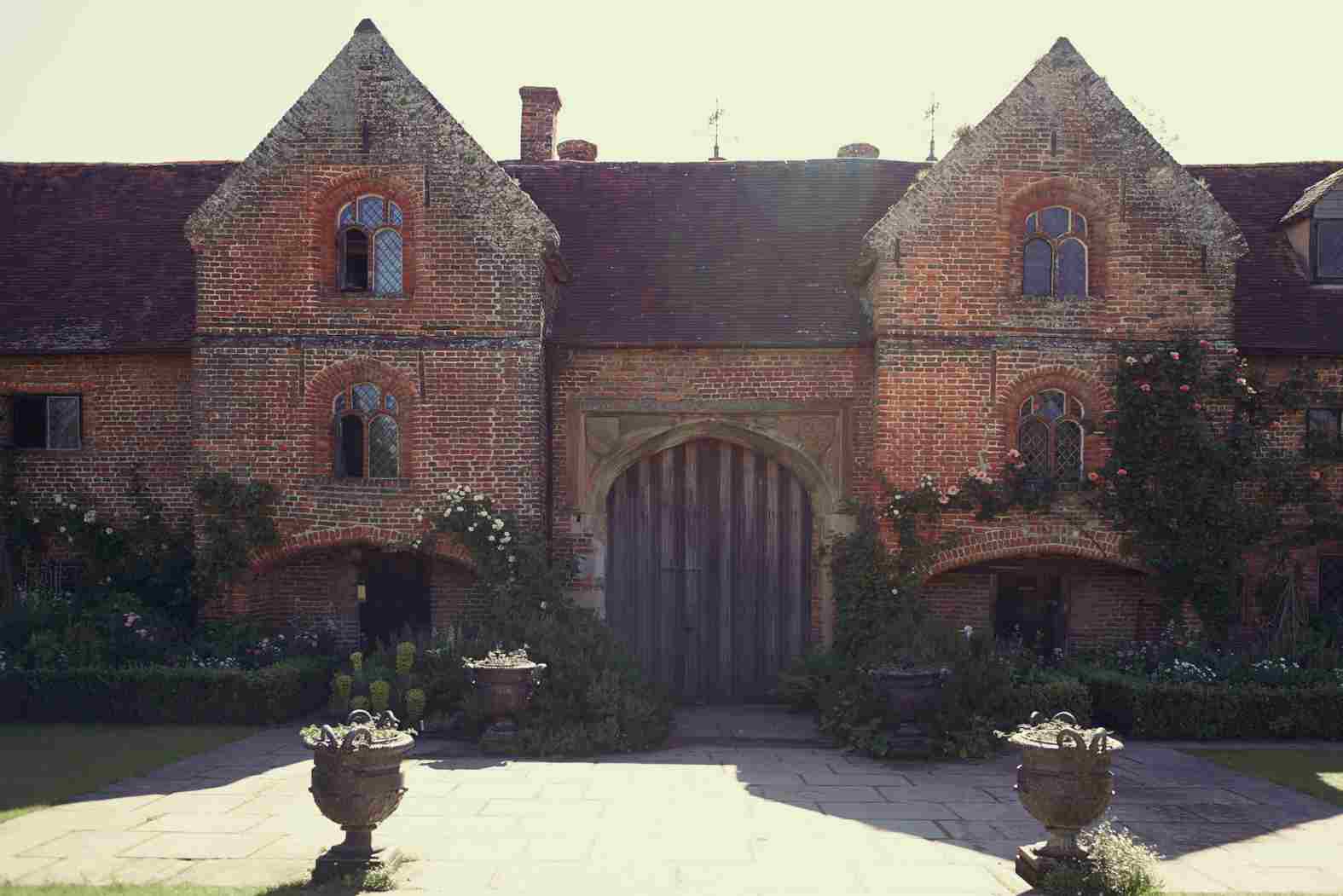The Enchanting Beauty of Sissinghurst Castle Gardens

Troy Scott Smith has been tasked with returning Sissinghurst Castle Garden to its former romantic glory.
 Sissinghurst (c) Ruggero Maramotti
Sissinghurst (c) Ruggero Maramotti
It is always dangerous to tamper with other people’s ideas of romance. Jane Austen fans can be a notoriously riotous bunch if they don’t like the latest film adaptation of Pride and Prejudice, while most married couples have disagreed over what exactly constitutes an acceptable anniversary present. Which is why Troy Scott Smith, head gardener of Sissinghurst, Kent, UK, may have one of the loveliest jobs in Britain — but he also has a weight of expectation on his handsome shoulders.
Sissinghurst embodies everything we want an English garden to be. A mixture of wild, overgrown abandon and meticulously planning, it is beautiful and wonderfully evocative of a past era. Its renowned walled white garden, which bursts into bloom each spring with nearly every white flower native to the UK, attracts visitors from around the globe, drawn to its powerful scent as much as its glamorous looks.
But Sissinghurst is more than just prettiness, it is also eternally bound up with the author and poet Vita Sackville-West, who, with her husband Harold Nicolson, bought the then-dilapidated house and grounds in the 1930s and turned it into one of the Kent’s most renowned creations. An outspoken feminist in an era when women had only very recently gained the vote, Sackville-West famously planned, planted and tended to the garden, building herself a study in a disused turret so she could look out across her flowerbeds and rolling lawns while she wrote. She favoured white-and-silver flowering plants, designed to be enjoyed by the light of the moon.
Today, Sissinghurst is owned by The National Trust but Sackville-West’s grandchildren still play a central role in planning the garden — as do the millions of people worldwide who see it as the template of 20th-century English country romance. Which is why, before Scott Smith came on board in 2015, there was some controversy surrounding its layout, with critics claiming that its shabby chic allure and romantic effusiveness had been replaced by a neat, professional aesthetic without much soul.
 Vita Sackville-West's study looks over the gardens (c) Ruggero Maramotti
Vita Sackville-West's study looks over the gardens (c) Ruggero Maramotti
“There is a weight of history here, which leads to intense scrutiny,” says Scott Smith. “People connect with Sissinghurst, which means they have a very strong reaction if they don’t like the direction it is moving in. But yes, it needed a change. It felt like it had been frozen in a moment in time but one that on research and reflection wasn’t actually Vita’s garden. So we were preserving something that never deserved to be preserved in the first place.”
Scott Smith and I are fulfilling every ideal of a summer’s day in England, sitting under the shade of an old oak tree and sharing a pot of Earl Grey tea. It is one of the first hot days of the year and when Sissinghurst must be at its most beautiful, with weeping willows drifting over lakes covered in waterlilies, walled gardens overflowing with softly coloured flowers and banks of wild grass tumbling into powerfully scented flower beds.
It also feels rather apt that the undeniably handsome Scott Smith, with his penchant for writing poetry, has been asked to bring back the romance to Sissinghurst. The first man in a line of a female gardeners, he spent weeks reading Sackville-West’s writing and speaking to her family in order to understand her as profoundly as possible.
 Troy Scott Smith cultivates untamed beauty (c) Ruggero Maramotti
Troy Scott Smith cultivates untamed beauty (c) Ruggero Maramotti
“I built what I thought was a clear picture of her in my mind,” he says. “Vita and her garden were all about romance and emotion. And part of how she achieved this was because she was an amateur. So the challenge was to create a more authentic Vita garden while still making something that could evolve and change. And I think what we have made here is a very English aesthetic — wild but also fairly controlled. I like to describe it as soft abundance.”
Scott Smith achieved this by taking the garden back to its roots, keeping the formal professional layout but cultivating that untamed beauty. Manicured lawns were replaced with foot-high wild grass. Weeds were left in place, sheep were put back in the outer gardens and flowers and bushes were left to outgrow their allotted space. Hundreds of foxgloves and roses were brought in to fill out the flowerbeds, while American oak trees were removed. A wild flower meadow replaced a more formal lawn, while the white garden became an eruption of sights and smells rather than the tasteful design it once was.
 "Everything needs to be very natural," - Troy Scott Smith (c) Ruggero Maramotti
"Everything needs to be very natural," - Troy Scott Smith (c) Ruggero Maramotti
“I think luckily I have a similar idea of romanticism and beauty to Vita,” says Scott Smith. “The garden needed softening around the edges and I wanted to leave the wild dog rose or even the nettles, day-to-day things that make the English countryside so unique. Everything needs to be very natural — even here in the café, I wanted to use the trees for shade, rather than umbrellas. It is all about care of the small details that can change the entire atmosphere.”
Scott Smith lives in the grounds of Sissinghurst and his life is so deeply entwined with the garden that his mood shifts alongside it. “The atmosphere changes a hundred times a day depending on the light,” he says. “Sissinghurst was once a prison, and it can have quite a melancholic atmosphere, but the garden is a good healer and Vita understood this. I want to create powerful emotions and a feeling of intimacy. A good garden should never be just pleasant. It should always provoke a strong reaction.”
This article originally appeared in the September 2017 issue of Billionaire, the Journey Issue. To subscribe contact









